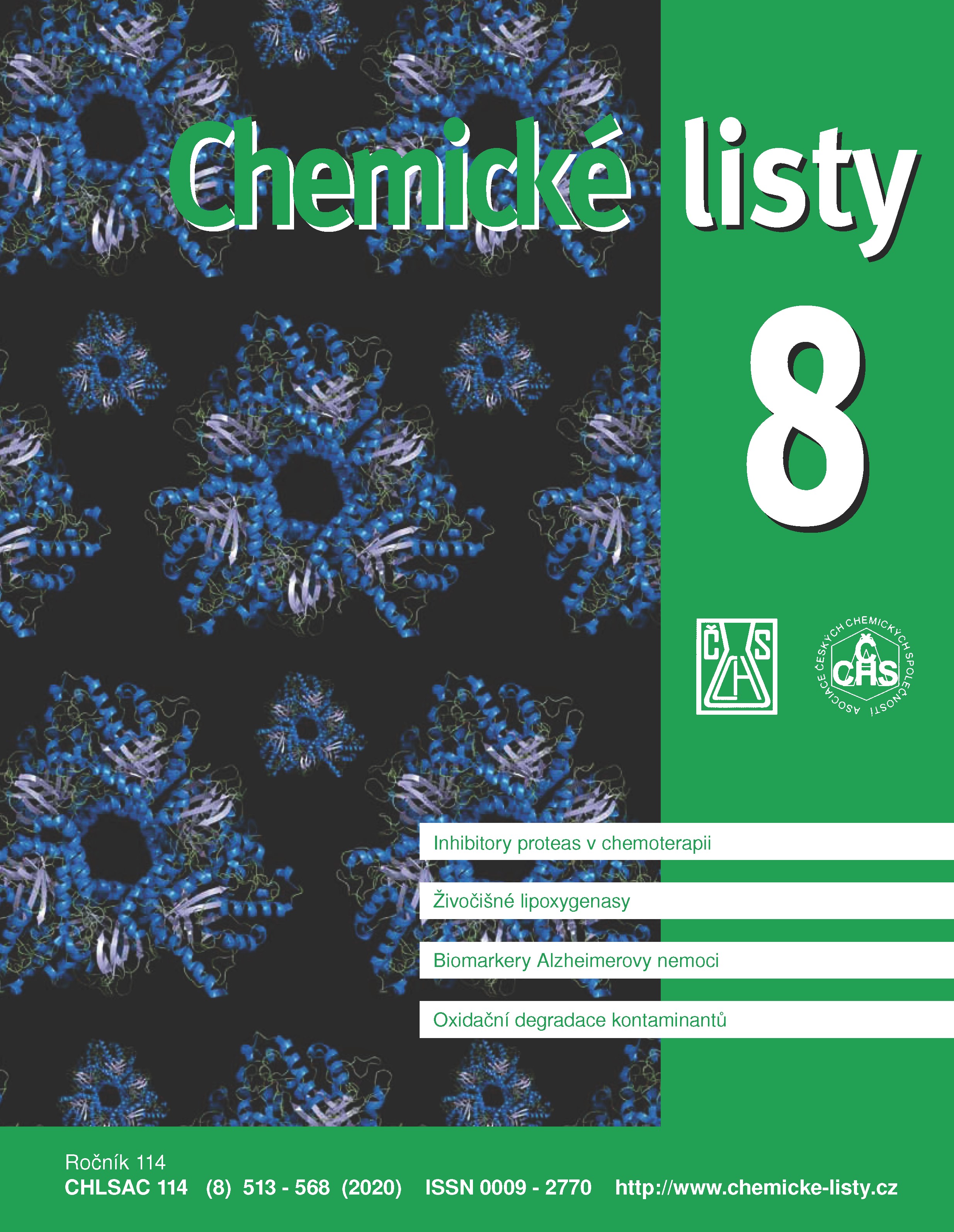Dextrans as Permeation Markers and Carriers for Oral Transmucosal Drug Delivery
Keywords:
dextrans, sublingual administration, gyration radius, drug carriersAbstract
Dextrans are studied as markers of oral transmucosal permeability and as possible drug carriers. The therapeutic use of dextrans is primarily limited to the intravenous route of administration. This work focuses on extending the knowledge of dextran permeation by the sublingual route. First, it is documented that non-keratinized sublingual membranes are very sensitive to heat treatment and storage conditions (more than skin membranes). Slow freezing disrupts them seriously, leading to disproportionately high permeability values, even for dextrans with a molecular weight higher than 20 kDa, which, however, may well serve as permeation markers. The dextran gyration radius reflects in vitro oral transmucosal permeability characteristics more appropriately than the pertinent molecular weight values. Macromolecular systems with a gyration radius analogous to 4 kDa dextran, possibly coupled with low molecular weight drugs, have sufficient potential for sublingual systemic drug delivery.





